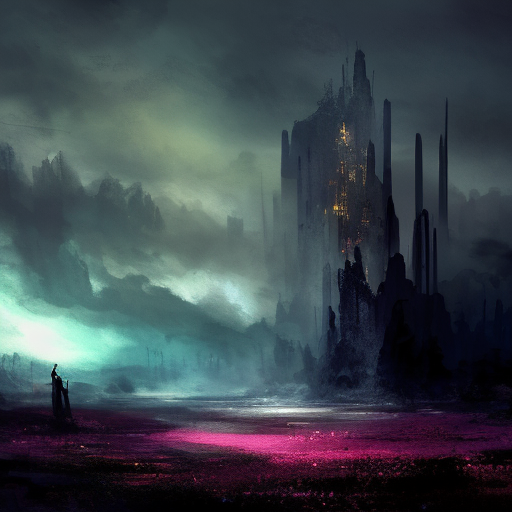The Worst Hard Time: The Untold Story of Those Who Survived the Great American Dust Bowl
One-line summary: The Worst Hard Time is a gripping account of the devastating Dust Bowl era in the United States and the resilience of the people who endured it.
In The Worst Hard Time, author Timothy Egan takes readers on a harrowing journey through the Great American Dust Bowl, a period of environmental disaster and human suffering that occurred during the 1930s. Egan weaves together personal stories, historical accounts, and scientific research to paint a vivid picture of the devastation caused by the combination of severe drought, poor land management practices, and economic collapse. Through the eyes of those who lived through it, Egan explores the physical, emotional, and economic toll of the Dust Bowl, while also highlighting the resilience and determination of the people who survived.
The Dust Bowl: A Man-Made Disaster
Egan begins by examining the factors that led to the Dust Bowl, emphasizing the role of human activity in exacerbating the natural drought conditions. He explains how the rapid expansion of agriculture in the Great Plains, coupled with the use of mechanized farming techniques and the removal of native grasses, created a perfect storm for disaster. As the land became overworked and the topsoil eroded, the region was left vulnerable to the powerful winds that swept across the plains, picking up dust and creating massive dust storms.
The Human Toll: Enduring Hardship and Loss
Through interviews and personal accounts, Egan brings to life the experiences of those who lived through the Dust Bowl. He describes the relentless dust storms that blotted out the sun, suffocated livestock, and forced families to seal their homes with wet sheets to keep out the choking dust. Egan also delves into the economic impact of the Dust Bowl, as crops failed, banks foreclosed on farms, and families were left destitute. Despite these hardships, Egan highlights the resilience of the people who refused to give up, finding ways to survive and rebuild their lives.
Environmental Lessons and Hope for the Future
In the final section of the book, Egan explores the lessons learned from the Dust Bowl and the efforts made to prevent a similar disaster in the future. He discusses the importance of sustainable land management practices, such as crop rotation and conservation measures, and the role of government intervention in providing relief and support to affected communities. Egan also offers hope for the future, highlighting the progress made in soil conservation and the resilience of the land and its people.
Key takeaways from The Worst Hard Time:
- The Dust Bowl was a man-made disaster caused by poor land management practices and drought.
- The Dust Bowl had a devastating impact on the people who lived through it, both economically and emotionally.
- The resilience and determination of the people who survived the Dust Bowl is a testament to the human spirit.
- Lessons learned from the Dust Bowl include the importance of sustainable land management practices and government intervention in times of crisis.
Memorable quote from the book:
“The land was broken and the people were broken. But they had not given up. They were still there, still trying, against the worst odds that could be imagined, to make the land whole again.”












